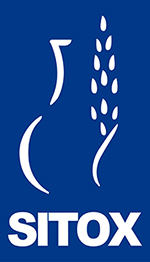Noninvasive ventilation in patients with acute cardiogenic pulmonary edema

Submitted: 3 March 2013
Accepted: 29 May 2013
Published: 10 July 2013
Accepted: 29 May 2013
Abstract Views: 12456
PDF: 3193
Publisher's note
All claims expressed in this article are solely those of the authors and do not necessarily represent those of their affiliated organizations, or those of the publisher, the editors and the reviewers. Any product that may be evaluated in this article or claim that may be made by its manufacturer is not guaranteed or endorsed by the publisher.
All claims expressed in this article are solely those of the authors and do not necessarily represent those of their affiliated organizations, or those of the publisher, the editors and the reviewers. Any product that may be evaluated in this article or claim that may be made by its manufacturer is not guaranteed or endorsed by the publisher.

 https://doi.org/10.4081/ecj.2013.e6
https://doi.org/10.4081/ecj.2013.e6








